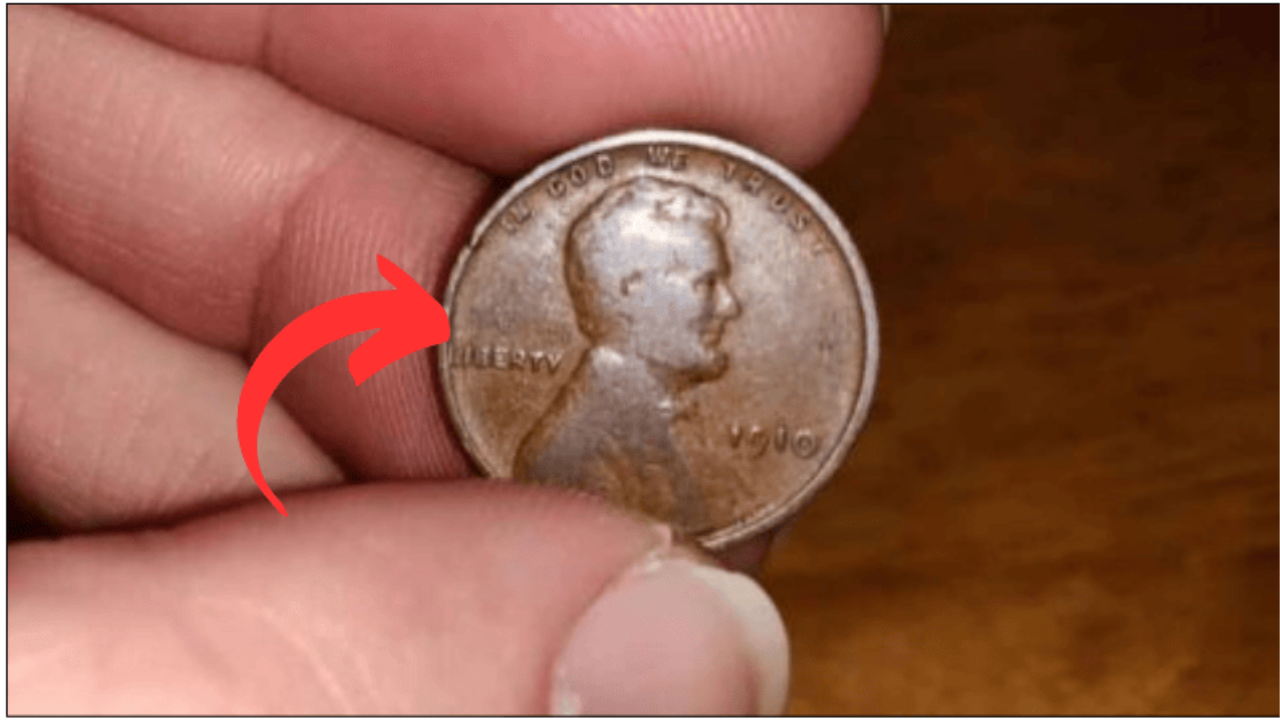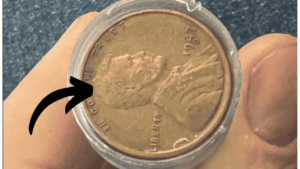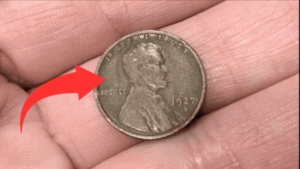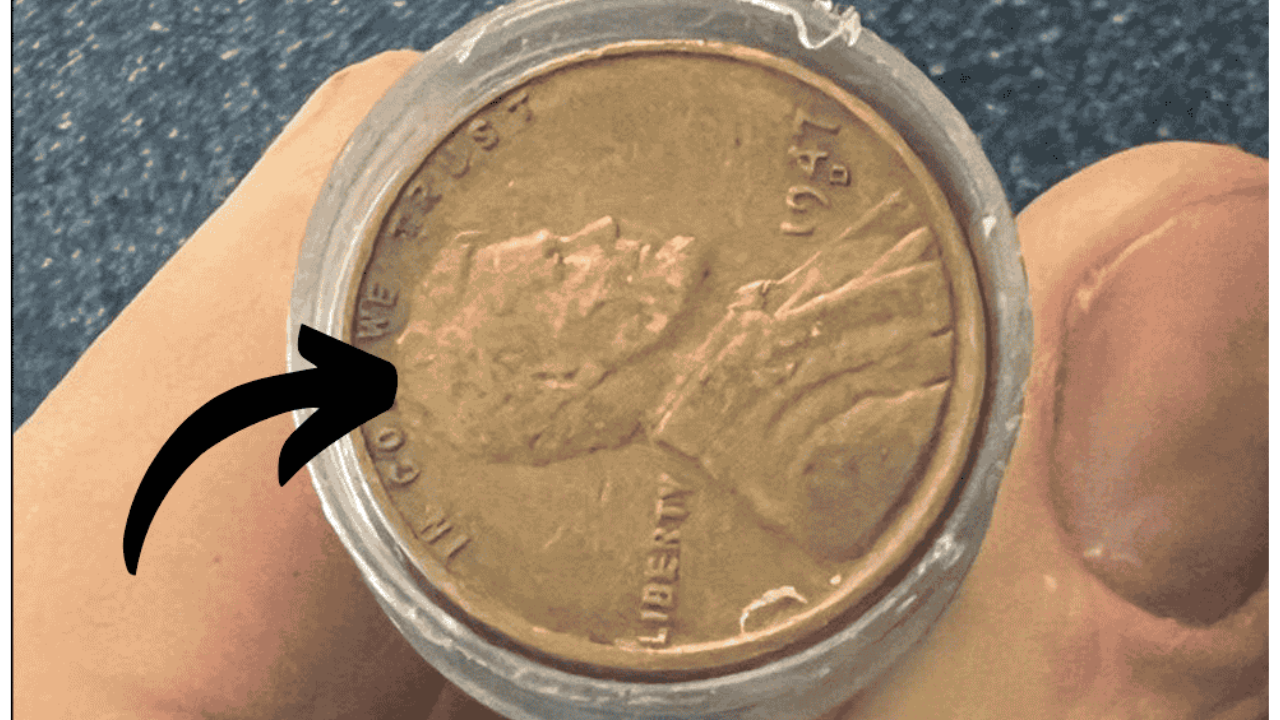The 1943 copper Lincoln Wheat Penny is making waves once again, this time with one specimen valued at a staggering $1.3 million. While most Lincoln Wheat Pennies are only worth a cent, this rare error coin has stunned collectors with its historical backstory and incredible value. Whether you’re holding onto a few Wheat Pennies or inherited an old coin jar, now might be the time to take a closer look.
Let’s break down the story behind this coin, what makes it so valuable, and how you can potentially profit from rare coins like it in 2025.
Why the 1943 Copper Lincoln Wheat Penny Is So Valuable
During World War II, copper was needed for ammunition, so the U.S. Mint decided to strike 1943 pennies using zinc-coated steel. However, a small number of copper blanks (called planchets) accidentally made it through the minting process and were struck as 1943 pennies. These copper pennies were never intended to exist—making them one of the most famous mint errors in U.S. history.
Only a few examples of the 1943 copper Wheat Penny are known to exist today, making them extremely rare and highly sought after by collectors.
Key Features of the Rare 1943 Copper Penny:
| Feature | Description |
|---|---|
| Year | 1943 |
| Material | Copper (mistakenly used instead of steel) |
| Weight | 3.11 grams (compared to 2.7g steel penny) |
| Color | Reddish-brown (vs gray steel pennies) |
| Value | Up to $1.3 million |
How to Identify a Rare Penny in Your Collection
Think you may have a valuable Wheat Penny? Here’s what to look for:
1. Check the Year
Start by scanning your coins for the year 1943. If it looks like a normal copper penny instead of steel, you may have something special.
2. Use a Magnet
Steel pennies will stick to a magnet. Copper ones won’t. This quick test can help you identify possible error coins.
3. Check for Errors or Odd Features
Coins with double dies, off-center strikes, or unique cuts can be worth more. The 1920 Wheat Penny you mentioned with cuts on both sides might be a mint error, but it needs to be authenticated by a grading service.
4. Check the Condition
The better the condition, the higher the value. Coins with little wear, no scratches, and sharp details are considered more desirable.
Selling Rare Coins in 2025: Complete Guide
If you’ve found a coin that seems valuable, here’s how to sell it:
Step 1: Get It Appraised
Contact a reputable coin dealer or submit it to grading services like PCGS or NGC. These experts can authenticate and grade your coin’s condition.
Step 2: Research Prices
Use online tools like CoinValueChecker.com to get a rough estimate of your coin’s worth based on year, mint mark, and condition.
Step 3: Choose Where to Sell
You can sell your coins through:
- Online auction platforms (e.g., eBay, Great Collections)
- Coin shows and numismatic expos
- Certified coin dealers in your area
- Online marketplaces like Heritage Auctions
Step 4: Take Quality Photos
If listing online, upload clear, close-up images showing both sides of the coin. Include shots of details like mint marks and dates.
Step 5: Protect Your Coin
Store it in a protective sleeve or slab to prevent damage. Avoid cleaning it, as cleaning can reduce its value.
Other Coins Worth Looking Into
You mentioned owning a 1920 Wheat Penny with a cut on both sides—that could potentially be a mint error. Also, your 1956 Wheat Penny, 1942 Mercury Dime, 1954 and 1964 Nickels, and Canadian gold-colored coins may hold collector interest depending on their condition.
Here’s a rough estimate guide:
| Coin | Estimated Value (Depending on Condition) |
|---|---|
| 1920 Wheat Penny (with error) | $1 – $50+ (more if verified as a true error) |
| 1956 Wheat Penny | $0.05 – $5 |
| 1942 Mercury Dime | $3 – $25+ (silver content adds value) |
| 1954 Nickel | $0.10 – $3 |
| 1964 Nickel | $0.10 – $1 |
| 2000 Saskatchewan Coins | $1 – $10 (Canadian market) |
Should You Clean Your Pennies?
While it’s tempting to polish up your finds, do not clean rare coins. It can damage the surface and severely reduce their value. If you need to clean coins, use only distilled water and pat them dry gently—never scrub or use chemicals.
Keep an Eye on Your Pocket Change
Even though the odds are slim, it’s still possible to find valuable coins in circulation. Coin collecting continues to be one of the most accessible ways to invest in tangible assets with the potential for serious returns.
The incredible story of the 1943 copper Lincoln Wheat Penny shows that even the smallest coins can carry huge value. If you’re a collector or simply curious about coins you’ve found, it pays to do your homework. You never know when a one-cent piece might turn into a million-dollar discovery.
FAQs
How do I know if I have a real 1943 copper penny?
Weigh it—real ones should weigh about 3.11 grams. Also, test it with a magnet; it should not stick.
What’s the best way to get my coin appraised?
Send it to a professional grading company like PCGS or NGC, or visit a certified coin dealer.
Are other years of Wheat Pennies valuable?
Yes, especially key dates like 1909-S VDB, 1914-D, and 1922 no D. Coins with errors or in mint condition also fetch higher prices.
Where can I sell rare coins in 2025?
You can sell through coin dealers, online marketplaces like eBay or Heritage Auctions, or at coin shows.
Can I find valuable coins in circulation today?
Yes, though rare, valuable coins like the 1943 copper penny can still occasionally be found.








